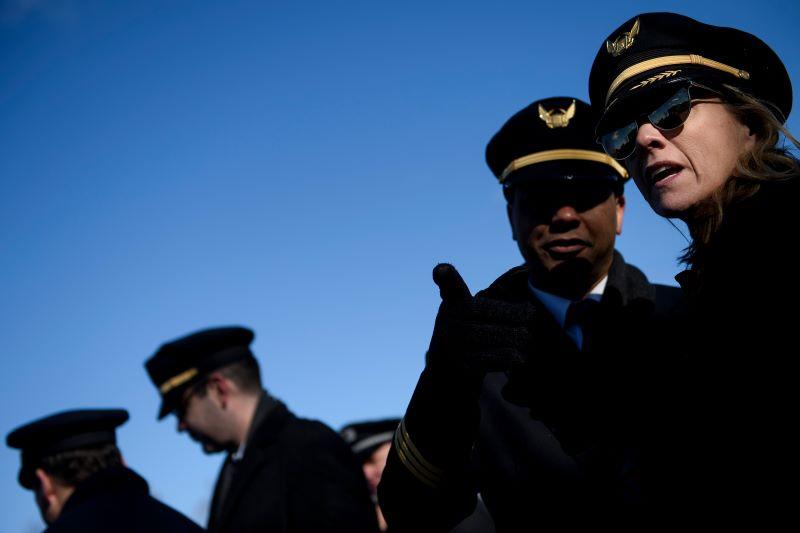Op-Ed: Pilots Are More Than Ready

Credit: Brendan Smialowski / AFP / Getty Images
Thanks to a historic government-labor-airlines partnership, forged during an unprecedented global pandemic, airline pilots are more than ready to safely get passengers to their destinations this holiday season. With continued government leadership and strong union advocacy, we can ensure the United...
Subscription Required
This content requires a subscription to one of the Aviation Week Intelligence Network (AWIN) bundles.
Schedule a demo today to find out how you can access this content and similar content related to your area of the global aviation industry.
Already an AWIN subscriber? Login
Did you know? Aviation Week has won top honors multiple times in the Jesse H. Neal National Business Journalism Awards, the business-to-business media equivalent of the Pulitzer Prizes.




